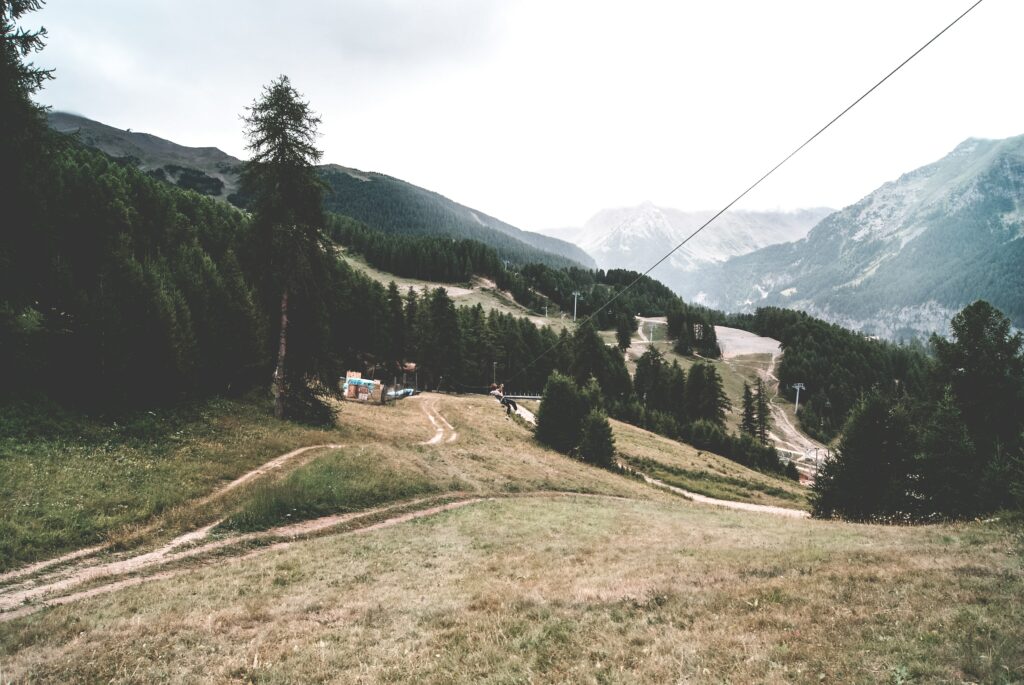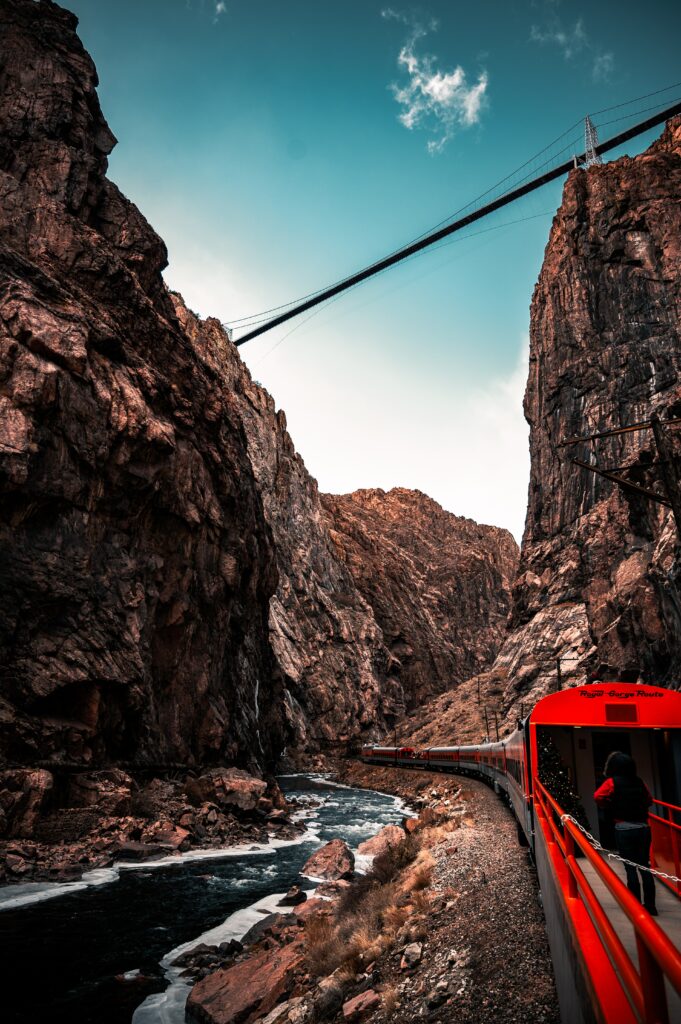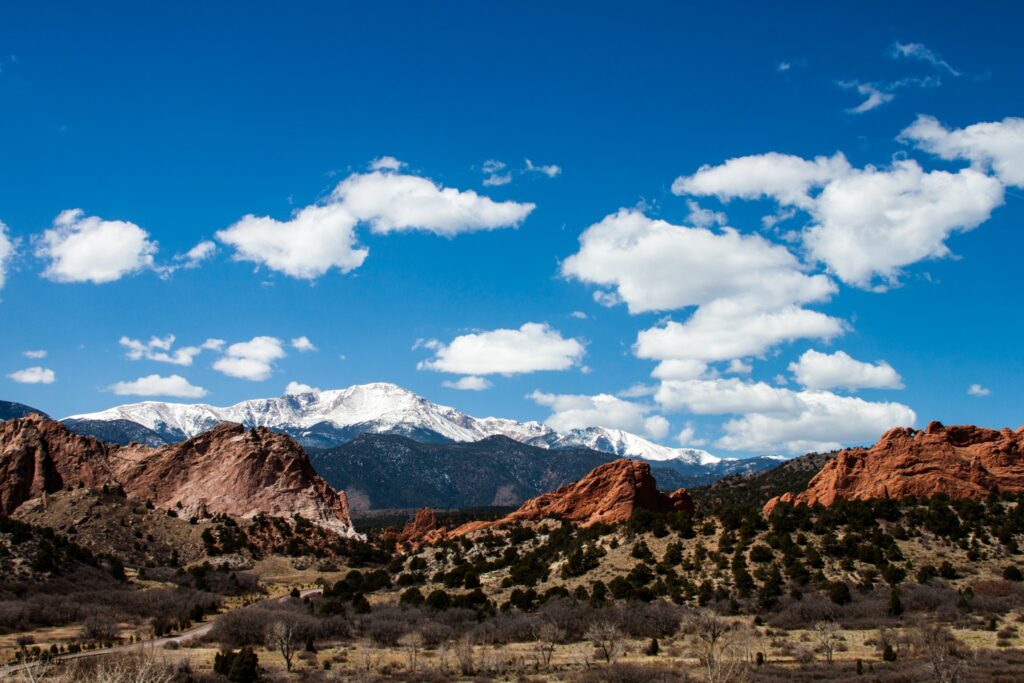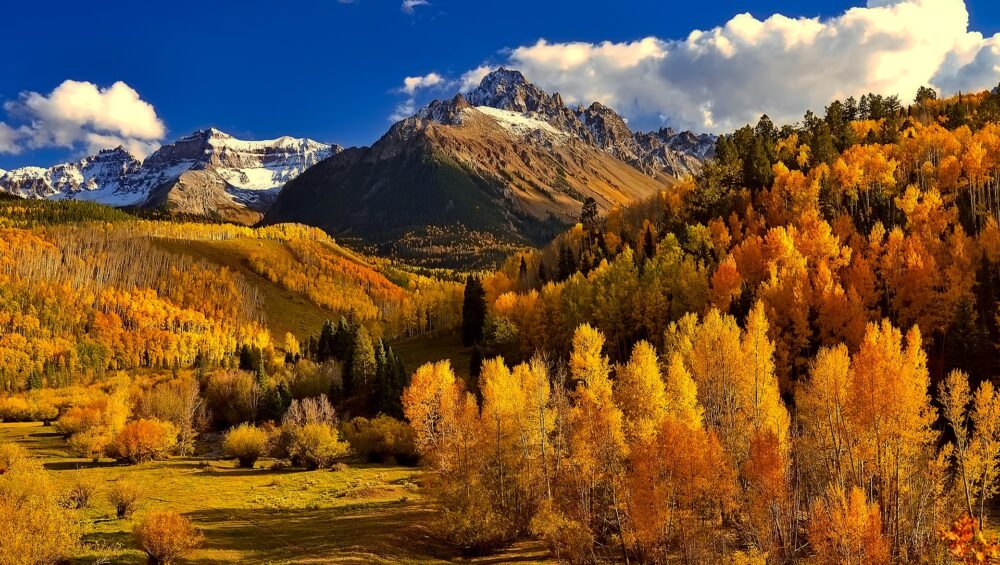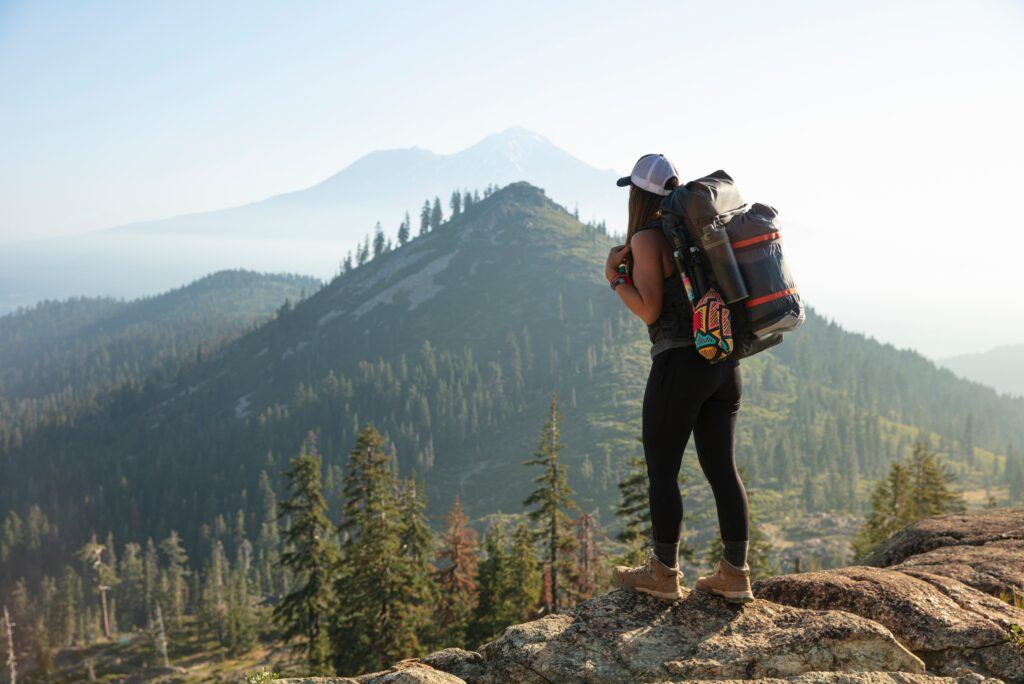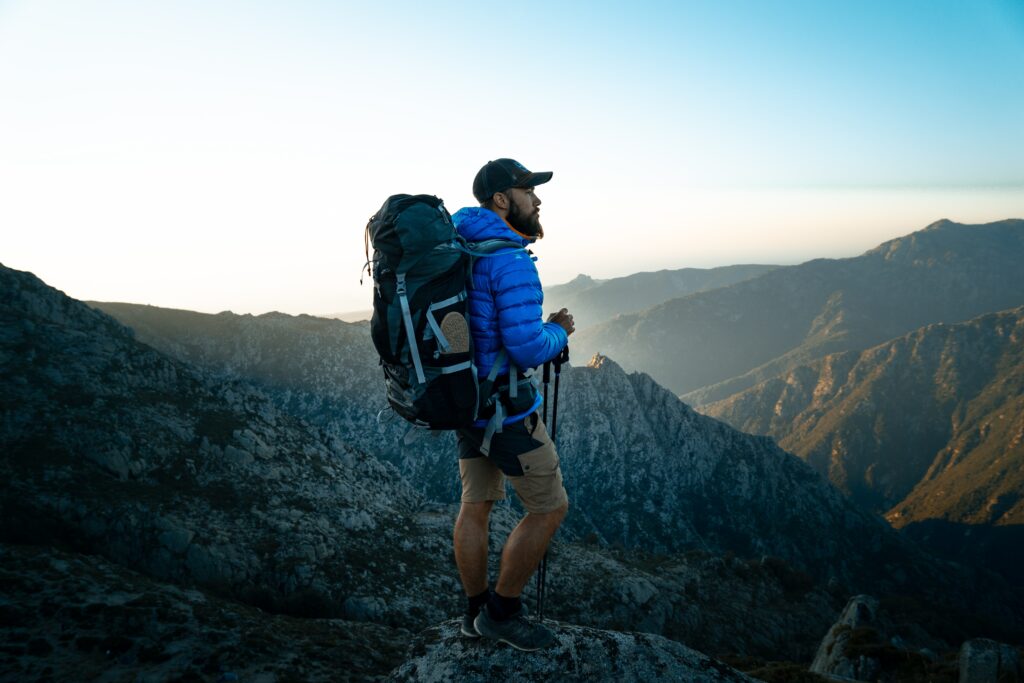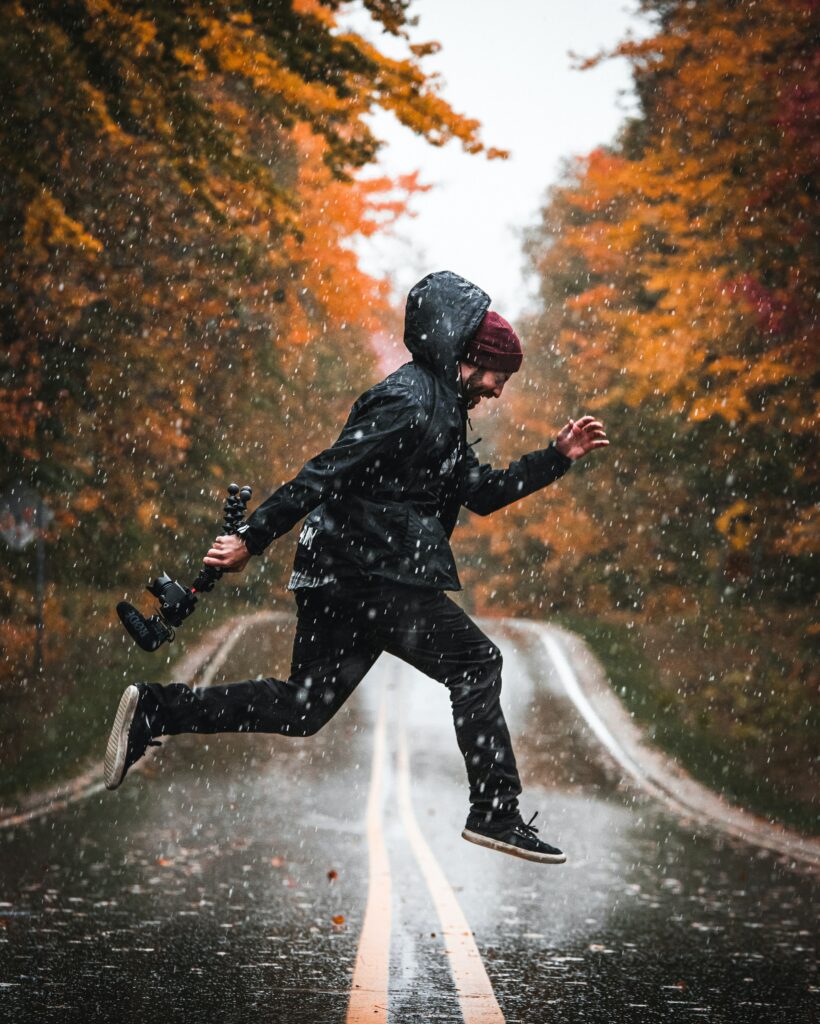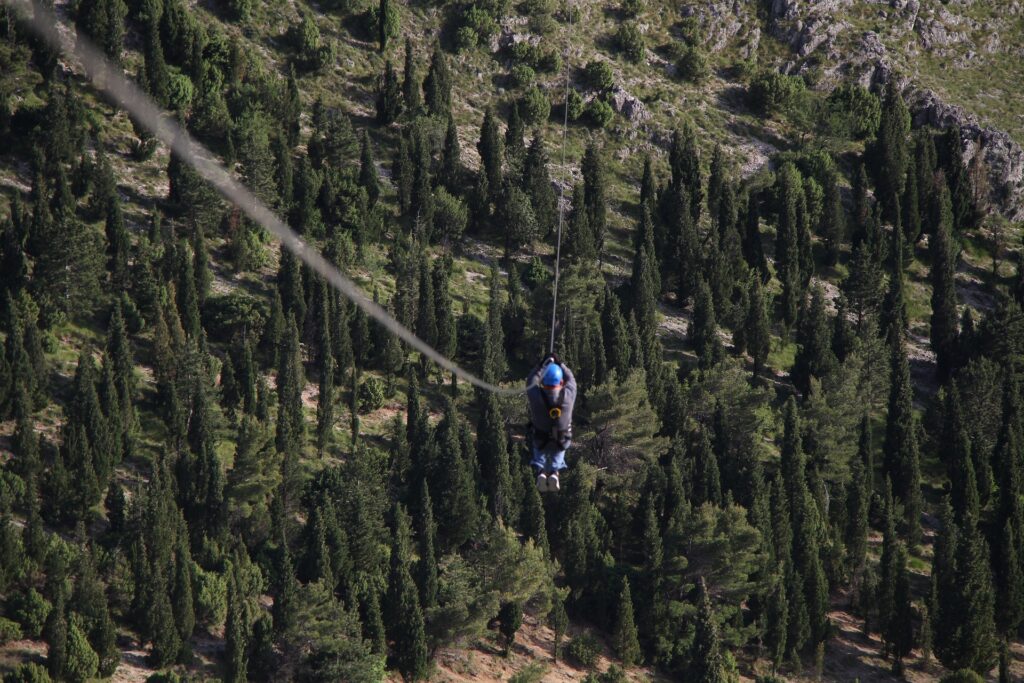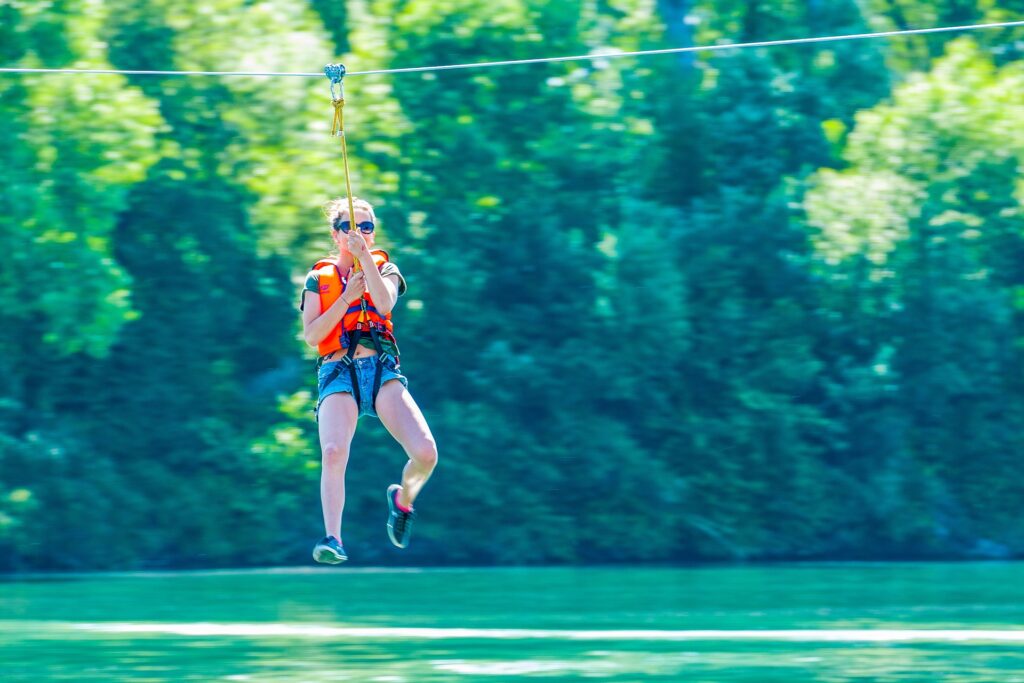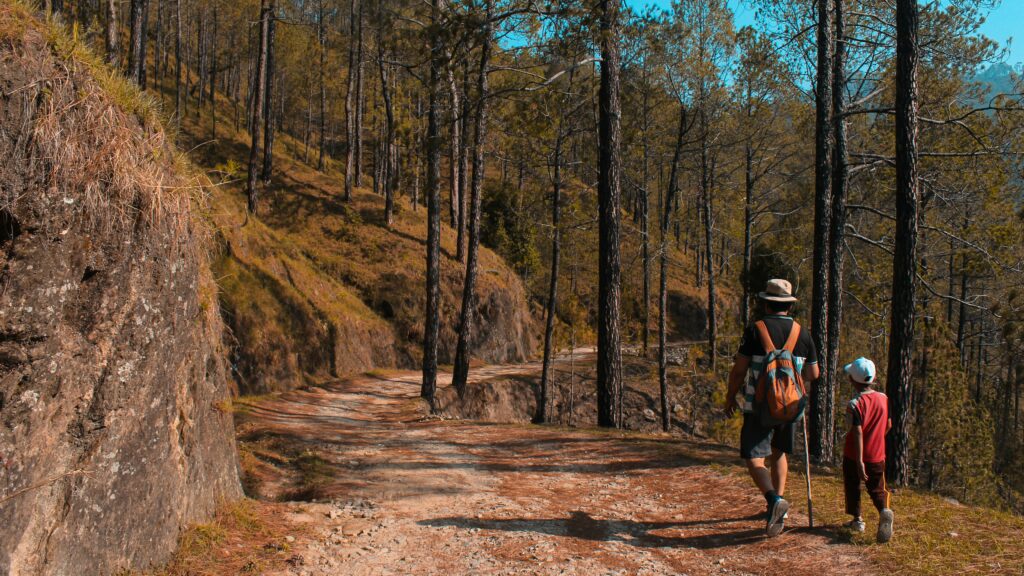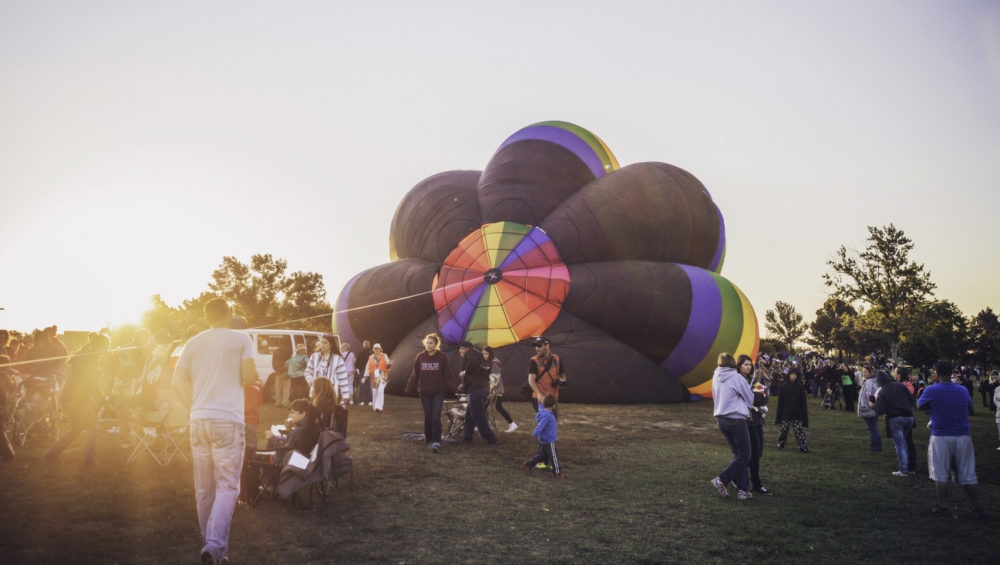There’s nothing quite like the joy of seeing your kids discover the wonders of nature. Watching them marvel at a colorful rock or squeal with delight at a gentle breeze is pure magic. If you’re eager to get your little ones outside and help them fall in love with the great outdoors, we’ve got some fun and easy ways to start. Here’s a list of kids outdoor activities that will turn your children into budding nature enthusiasts in no time!
1. Start with Simple Hikes
Kicking off your kids outdoor activities with a simple hike is a great way to introduce them to nature. Look for local trails that are short and manageable, ideally with fun landmarks like waterfalls or rock formations to keep their interest piqued. These hikes don’t have to be strenuous; they’re all about getting your kids comfortable with the idea of being out in nature and exploring.
2. Nature Scavenger Hunts
Make a walk in the park more exciting by turning it into a scavenger hunt. Create a list of items for your kids to find, like a particular type of leaf, a pine cone, or a colorful rock. You can tailor the list to match the location or season, making each scavenger hunt a unique adventure. This activity not only gets them moving but also helps sharpen their observation skills.

3. Camping in the Backyard
You don’t need to head to the wilderness to enjoy camping. Set up a tent in your backyard for a night under the stars. Make it a mini-adventure with sleeping bags, lanterns, and, of course, s’mores! This is a wonderful way to introduce your kids to camping without the logistics of packing up and driving to a campground.
4. Gardening Together
Kids love getting their hands dirty, so why not start a garden together? Whether you plant flowers, veggies, or herbs, gardening is a hands-on way for kids to connect with nature. They’ll love watching their plants grow and learning about the different stages of plant life. Plus, it’s a fantastic way to teach responsibility and patience.

5. Join Scouting America
Organizations like Scouting America (formerly Boy Scouts of America) provide structured, regular outdoor activities that can foster a love for nature and build essential outdoor skills. From camping trips and nature hikes to community service projects, these programs offer many opportunities for kids to learn about the environment, leadership, and teamwork.
6. Explore Local Parks and Nature Reserves
Make it a family goal to explore local parks and nature reserves. These areas often have designated trails, educational signage, and scenic views, making them perfect for family outings. Encourage your kids to lead the way, which will boost their confidence and make them feel like true adventurers.

7. Biking Excursions
Take the fun to the trails on two wheels. Biking is an excellent way to explore more ground while keeping things active. Start with short rides around the neighborhood or local parks, then graduate to more scenic trails. It’s a fun way to enjoy the outdoors, get some exercise, and discover new places.
8. Outdoor Art Projects
Let creativity blossom with outdoor art projects. Encourage your kids to use natural materials like leaves, stones, and sticks to create art. Whether they build a sculpture or use paints to capture the landscape, creating art in nature combines creativity and exploration. It’s a great way to make the outdoors even more engaging and meaningful.

9. Bird Watching
Bird watching can be a fascinating activity for kids. Equip them with a simple pair of binoculars and a guidebook to help identify the birds they spot. Parks, gardens, and even your backyard can be excellent places to start. It’s a peaceful activity that encourages patience and attention to detail.
10. Geocaching Adventures
Geocaching is like a real-world treasure hunt. Using a smartphone or GPS device, you can search for hidden “caches” in your area. The thrill of the hunt and the reward of finding a hidden object will keep your kids excited and engaged. It’s a fun way to explore new areas and add an element of adventure to your outings.
Conclusion: Start Small and Watch the Passion Grow
These activities are simple yet effective ways to introduce your kids to the joys of outdoor adventures. Start with what feels manageable and gradually expand your horizons. The key is to keep things fun and stress-free, turning each outdoor experience into a cherished memory. Check out our Guide to Hiking with Kids, and remember, for more structured outdoor adventures, Broadmoor Outfitters offers a range of activities designed to immerse your family in the beauty of Colorado Springs. From guided hikes to birds of prey encounters, we’re here to help you and your family explore the outdoors safely and enjoyably.







